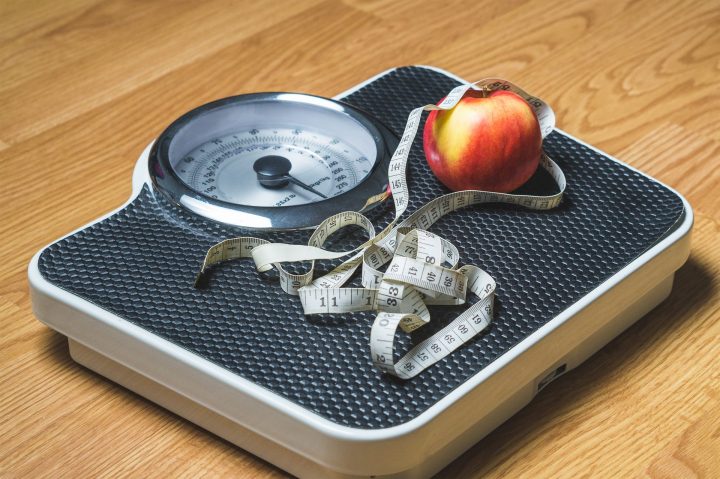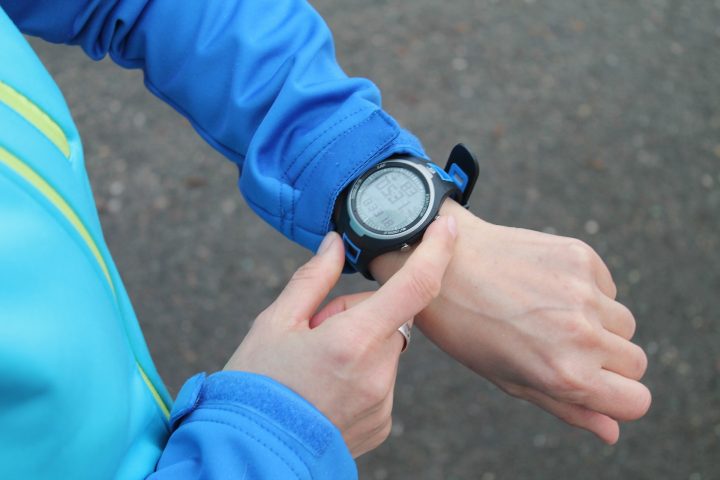
Another year, another chance to stick to a promise to lose weight this year. New years are always good for those kinds of things, aren’t they? There are those who are eagerly writing down these resolutions, making bulletin board collages, or jotting down their weight-loss and other goals in their bullet journals.
While on the other hand, there are those who are starting to get reluctant in doing so. That’s because year after year, for the number of years they’ve consecutively tried keeping this promise, they end up falling short of their goals.
Don’t worry. It happens. Some of the reasons why we don’t meet our goals is because of factors beyond our control. For those who are starting to feel this hesitance to jump back into the weight-loss train because of prior failed attempts, allow us to urge you to find that eagerness to try once again.
Because this time, we’re allowing you to take a small step back to look at what you might possibly be doing wrong, so that you can take those two steps forward to reach your goals.
If you’ve resolved to start running to truly lose weight, read further for some areas that affect your results greatly and that you might be overlooking:
Over-rewarding yourself after a run

This is a trap most runners have blindly fallen into one too many times. Because let’s face it; a good run ends up leaving you with a sort of empty feeling in the gut that makes you want to devour the first piece of food you lay your eyes on. Adding up to that is also the illusion of a calorie-burn that seems enough to entitle you to a binge-eating session right after.
If you think these two post-run experiences are enough to justify an eating spree, you could never be more mistaken. Before you make the mistake of over-rewarding yourself and wasting your training session, you must consider two things:
The first thing is the quality of the food you eat after the run. Oftentimes, instead of reaching for a good, old hard-boiled egg or banana, we make a quick stop at our favorite doughnut shop after a run. Huge mistake. Because a big key to shedding the extra fat around your tummy is still a clean and nutritious diet. A doughnut is just 192 calories of junk that is of minimal—if it’s any—use to your body. Remember that any excess energy that your body can’t immediately take up in the form of healthy nutrients, is immediately converted to fat for storing.
The second factor is in the amount of eating. A factor which, what we call the “after burn”, makes hard not to succumb to. In principle, yes, you are still burning calories an hour past finishing your run. But what people usually don’t know is that after burn only helps you burn an incremental average of about only 85 calories. And 85 calories do not equate to a doughnut. Sorry.
What to do to avoid this: Focus on rehydrating if you ate a few hours just before your run. You might just be brain hungry. Although recovery food is still important. So, make sure to have it, but in moderation. Eat more protein to help with muscle repair, and a few complex carbohydrates to recover a bit of the energy you lost during training. Try a tablespoon of peanut butter with a slice of bread, or a banana.
You’re not entering your fat-burning zone.
There’s no special meditation trick that will get you into this zone. All you really have to do is get up and move, because we’re pertaining to your heart rate zones (refer to the image below).

Knowing and understanding the different heart rate zones and their benefits have started being a crucial component for athlete training and has since necessitated the use of heart rate monitors during workouts. Although not limited to athletes, the knowledge isn’t common around people who simply want to get started on running and to lose weight.
Related article: Understanding Heart Rate Zones can Help You Run Better
Hence, when they run, it isn’t the kind of run that’s optimal and efficient for losing weight. Knowing this also helps keep your training safe and helps you to recover faster as it helps to make you aware when you’re overtraining yourself—increasing your risk for injury.
What to do to avoid this: with this knowledge, try to learn or consult with a PT regarding your heart rate zones. Once that is determined, start monitoring your heart rate when you run. According to the data in the chart above, the optimal heart rate zone for fat burning is when you’re at the light to moderate zone (for beginner runners) or moderate to hard zone (for advanced runners). To help you monitor a bit more accurately, a purchase of a watch that has a simple heart monitor on it is recommended.
You’re running too fast and too short

We’re tying this in with the principle on the heart rate zones. So, let’s focus our attention particularly on working out within the light to moderate heart zones for a little bit. With those in mind, we want to recall that during a light to moderate workout, we don’t really burn a ton of calories. And calorie-burn is essential for fat-burn. This simply means that yes, you are starting to burn calories and therefore, burning fat. But are you burning enough fat?
A paradoxical effect of learning about heart rate zones and finding out about the optimal zone for fat-burning is that people get complacent. They then decide to take it easy even on the light exercises. They make their workout periods short, and assume with confidence that a 30-minute jog is enough calories to trim off a few inches from their waistlines, when in fact, it hardly did anything other than make you sweat for a little bit.
What to do to avoid this: remain mindful of the principle of the calorie intake and output and tie it in with your knowledge on heart rate zones. With your smart watch or fitness tracker, take note of the calories you burn and the duration of a run. Make sure you’re at least 500 calories under your daily requirement. It takes at least 45 minutes to an hour of light jogging to burn 500 calories.
Not matching it with your diet

The last—and usually the hardest to follow—step is improving your diet. Again, it is a flawed argument that just because you’re exercising for hours and hours in a day, 5-6 times a week means that you can eat any kind of junk you want. Pro athletes know this and consult regularly with nutritionists and dieticians to plan meals that are targeted in improving areas that they can’t address with physical training.
Sure, you might not be gunning for abs like Messi’s, or arms like Naomi Osaka’s, but the notion still applies even with people who just want to weigh in lighter on the scale. When you don’t nourish your body enough because you eat junk, or cut-out too many components from your diet, your body is signaled to slow down its metabolizing.
And when this happens, your body goes on energy storing mode; immediately converting anything you take into fat. Parallel to that is over-eating; making you exceed your daily calorie allowance, rendering the calories you lost during your workout pointless.
What you can do to avoid this: try to keep a food journal. Tracking what you eat and drink during the day so you have a concrete list to go back to. Review which foods were questionable in terms of nutritional value. Eat plenty to nourish your body, but in mindful moderation. Consult with a nutritionist before you make major cuts from your diets, especially if it entails cutting out a major food group (diets like ketogenic, paleo, and high-protein, for example).
It may seem that there’s a lot to follow and keep in mind to the point that losing weight is starting to feel like too daunting of a task to undertake. But don’t think it’s impossible to do.
Taking the time to be meticulous and careful with the process helps to not only make you effective, but efficient in achieving your goals as well.
Above all of the physical achievements, the whole process will teach you about patience, discipline, mental fortitude and open your eyes to a new perspective on how amazing your body truly is. We hope this short list helps you improve your running and help you to finally achieve your weight-loss goals for 2019!
Did we miss out on other common running for weight-loss mistakes? Let us know what they are and what you did to resolve them in the comments section!






